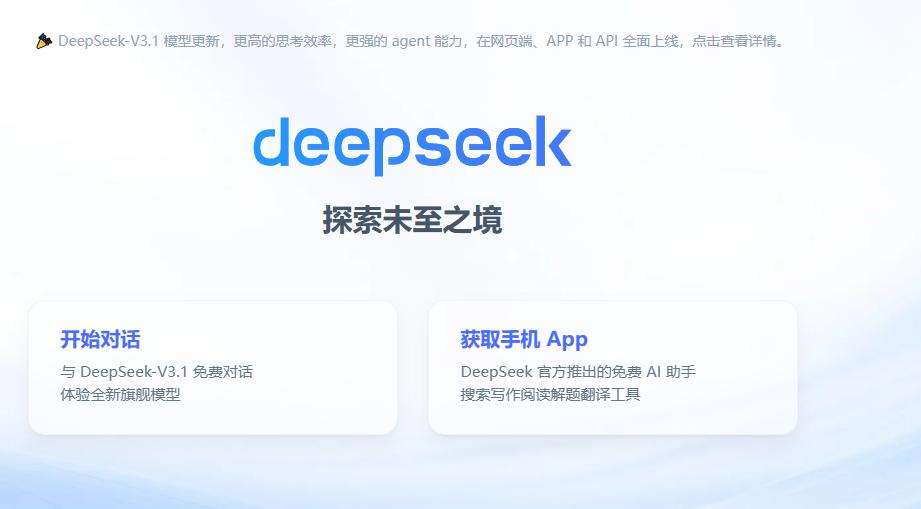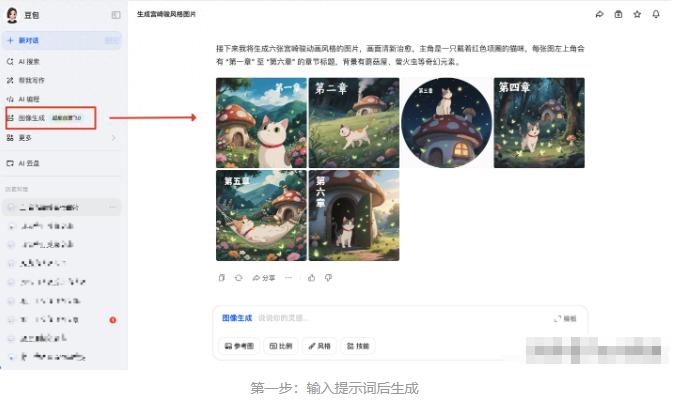共计 4921 个字符,预计需要花费 13 分钟才能阅读完成。
In a surprising turn of events, even before the “ultimate product” emerges in the AI chat sector by 2025, Doubao has become the most recognized application in China’s AI landscape, as validated by user engagement.
While the user attrition rate for competitors accelerates, Doubao’s monthly active users have soared to 157 million, firmly establishing its position at the forefront of the industry. This stark contrast can be primarily attributed to the focus on “users.”

Since its launch in August 2023, Doubao has experienced remarkable growth, reaching 157 million monthly active users by August 2025, while the user base for Deep Exploration has decreased to 143 million.
This fluctuation reflects a significant turning point; on the surface, it appears to be a simple data comparison, yet at its core, it signifies a profound shift in user preferences concerning product strategy, functional experience, and business models.
Some argue that Doubao’s rise is merely a byproduct of ByteDance’s robust ecosystem, and indeed, the traffic and advertising resources from Douyin and TikTok are substantial.
However, other applications supported by similar ecosystems have not achieved a growth trajectory comparable to Doubao’s. In December 2023, Doubao’s downloads surged to 9.9 million, reflecting a 29% growth—the highest among AI chat applications—indicating that the issue is not solely about platform-driven traffic.
The crux lies in the product’s inherent strategy. Doubao has adopted a closed-source approach, eschewing a relentless pursuit of model size and avoiding an overload of flashy features, instead positioning itself from the outset as a practical tool that is effective and user-friendly, rather than a showcase for technology.

The introduction of video calling features in May 2024 marked a breakthrough in its interactive capabilities, contrasting with traditional chatbots. Doubao aims to transform AI conversations into a “human-machine coexistence” experience, serving as a digital assistant.
This innovation has unlocked new usage scenarios, enhancing user perception of its value proposition.
Conversely, Deep Exploration, despite its technical advancements—including the announcement of its latest open-source model, like DeepSeek – R1 in February—
DeepSeek – R1 excels in mathematics, coding, and natural language reasoning, known for its comprehensive and detailed responses and structured outputs, utilizing a 671 billion parameter MoE (Mixture of Experts) architecture, with a strong emphasis on reasoning capabilities.
Additionally, DeepSeek – R1 has made its model weights open-source and adopted a permissive MIT license, offering developers significant convenience and flexibility.

However, data from May 2025 reveals that nearly 40% of the users who left Deep Exploration have migrated to Doubao, indicating that users are not merely hopping from one service to another without thought; rather, they are making informed choices.
This growth, stemming from converting users of competitors, represents a tangible victory for any platform.
Of course, not everyone agrees with the closed-source approach; Baidu and Deep Exploration have opted for open-source strategies to attract developers and broaden their influence.
Nonetheless, ByteDance appears to have different priorities, focusing resources on user engagement and designing products aimed at making them accessible, understandable, and frequently used by the average user, a stark contrast to many companies fixated on model metrics.
A pivotal distinction lies in how Doubao integrates AI capabilities within an already established content and advertising framework, rather than creating a separate “independent ecosystem.”

This approach is something that other AI products currently struggle to achieve. The closed-source model ensures more stability in product quality, while integration with the ecosystem promotes sustainability in business. Doubao’s success is not merely due to user volume; it is fundamentally about users finding it genuinely useful.
As of February 2025, Doubao boasts 78.6 million monthly active users, whereas Deep Exploration has declined to 33.7 million, and Baidu’s Wenxin Yiyan stands at 13 million. This trend illustrates a marked increase in market concentration.
Although open-source may seem to be thriving technologically, the reality is that closed-source products are gaining more popularity—a somewhat counterintuitive phenomenon.
Baidu is also attempting to bridge the gap, having made Wenxin Yiyan completely free starting in April 2025; however, whether this free strategy will cultivate long-term user retention remains uncertain. Despite frequent efforts, Deep Exploration is still in search of a path to product stability.
The rules of the AI market are straightforward: the willingness of users to stay is the foundation of all data.
Clearly, Doubao has navigated the user engagement landscape effectively. Behind this success, ByteDance has not blindly followed the trend of competing on model size but has consistently focused on one critical question: what do users truly need?

Many AI products merely showcase technology, whereas Doubao transforms into a functional product and service. This divergence in philosophy may not be immediately apparent, but user engagement on a daily basis speaks volumes.
While the future remains uncertain, Doubao’s current lead already addresses the question of “is this product genuinely useful?” This round of competition has seen Doubao advance through its practicality.










